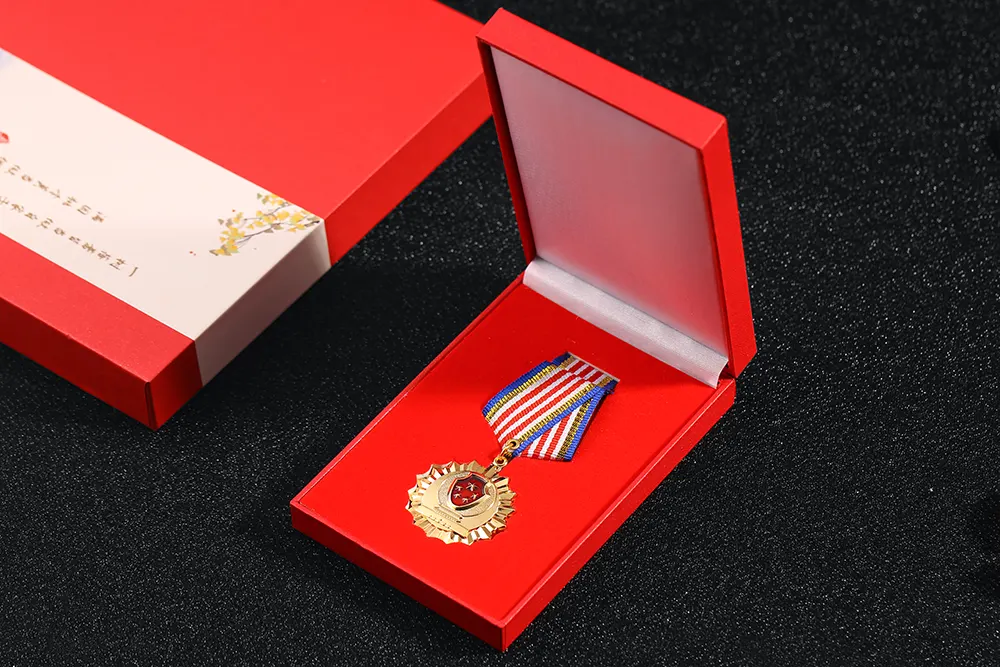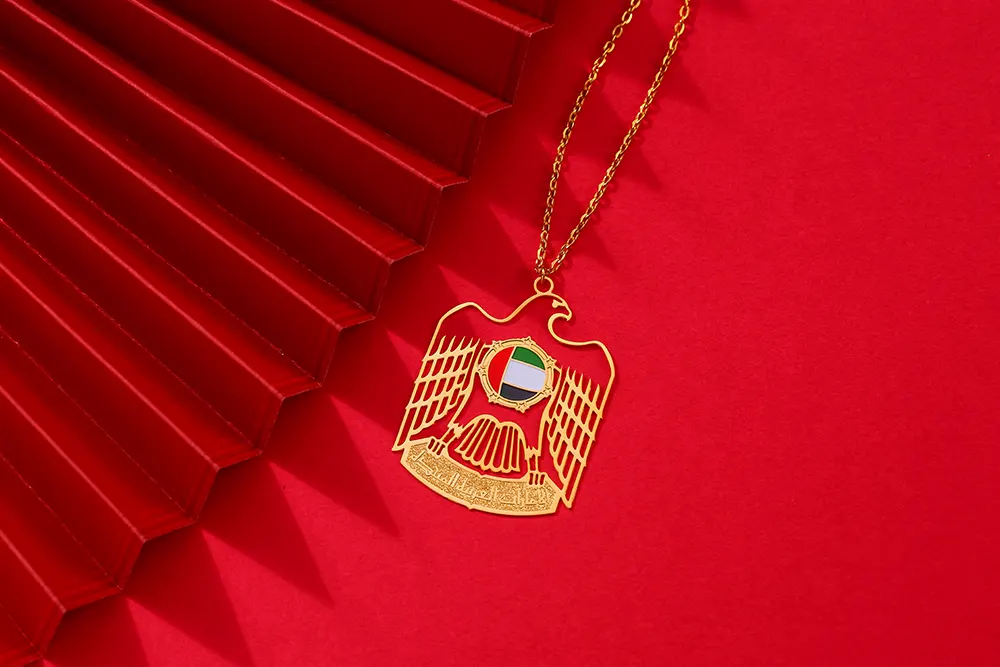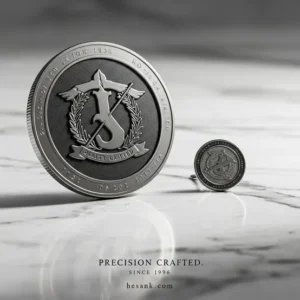Military service medals represent more than decorative ribbons and metal. These honors commemorate sacrifice, dedication, and the profound commitment of service members who have answered their nation’s call. Whether awarded for participation in specific conflicts or for years of devoted service, these recognitions carry deep meaning for veterans and their families.
What Are Service Medals?
Service medals are official military decorations awarded to armed forces personnel for various accomplishments during their tenure. Unlike awards for valor or specific achievements, these medals typically recognize participation in military operations, campaigns, or sustained periods of honorable service. Each medal tells a story of duty fulfilled and often represents months or years away from home and loved ones.
The tradition of awarding medals for military service dates back centuries, with modern systems evolving significantly after World War I. Today, most nations maintain comprehensive medal systems that acknowledge everything from peacetime service to combat operations.
Types of Defense Medals
Defense medals fall into several distinct categories, each serving a specific purpose within the military honors system. Campaign medals recognize participation in particular military operations or wars. These medals often bear the name of the conflict or geographic region where service occurred.
Long service medals honor personnel who complete specific periods of military duty, typically ranging from ten to twenty years or more. These awards acknowledge the commitment required to maintain a military career through changing administrations, shifting global priorities, and personal sacrifice.
Commemorative medals mark significant anniversaries or events in military history. While not always worn on formal uniforms, these medals hold considerable sentimental value for recipients and collectors alike.
War Service Medals Through History
War service medals have evolved alongside the nature of warfare itself. During World War II, nations issued specific medals for service in different theaters of operation. The European-African-Middle Eastern Campaign Medal, for instance, recognized American service members who fought across multiple continents during that global conflict.
The Vietnam Service Medal marked a controversial period in American military history, becoming a symbol of both service and the complex emotions surrounding that war. More recently, medals for service in Iraq and Afghanistan reflect modern military operations characterized by counterinsurgency and nation-building missions rather than traditional conventional warfare.
Each conflict produces its own distinctive medal, with ribbon colors and designs carefully chosen to reflect the nature and location of the service. These visual elements allow veterans and military enthusiasts to quickly identify where and when someone served simply by glancing at their medal rack.
The Significance of Medals of Service
For those who have never served, it may be difficult to fully grasp what these medals represent. They are not simply participation trophies or bureaucratic formalities. Each medal commemorates time away from family, experiences that shape character, and bonds formed with fellow service members under challenging circumstances.
I remember attending a Veterans Day ceremony several years ago where a retired Army colonel spoke about his collection of medals. He explained that while he valued the decorations for valor he had received, it was his service medals that meant the most to him personally. These medals, he said, represented the everyday commitment required of service members: the long hours, the missed birthdays and holidays, the constant readiness to deploy wherever needed.
His perspective resonated deeply with the veterans in attendance, many of whom nodded in recognition. The conversation afterward revealed a common sentiment: service medals represent the foundation of military life itself, the unglamorous but essential work that keeps armed forces operational and ready.
Proper Display and Care
Military personnel follow strict regulations regarding the wear and display of service medals. Full-size medals are typically worn on dress uniforms during formal occasions, while ribbon bars represent these same awards on working uniforms. The order of precedence determines placement, with higher honors positioned closer to the heart.
For veterans and collectors, proper storage protects medals from tarnish and damage. Many choose to display their awards in shadow boxes or frames, creating lasting tributes to military service. Professional mounting services ensure medals are arranged correctly according to military regulations.
Researching and Replacing Medals
Veterans sometimes need to research which medals they earned during service or replace lost decorations. Military personnel records contain information about awards and entitlements. The National Archives maintains records for discharged service members, while individual service branches handle requests for current personnel.
Replacement medals can be obtained through official military channels or authorized vendors. Many veterans’ organizations also assist with medal research and acquisition, particularly for older awards where documentation may be incomplete.
The Emotional Weight of Recognition
Beyond official regulations and historical significance, these medals carry profound emotional weight. They connect service members to pivotal moments in their lives and to comrades with whom they served. For families, inherited medals provide tangible links to ancestors who served, offering glimpses into experiences that may never have been fully discussed.
Military museums and historical societies preserve collections of service medals, ensuring that future generations understand the scope of military service across different eras. These collections illustrate changing military priorities, evolving global conflicts, and the consistent thread of service and sacrifice that connects all who wear the uniform.
Modern Perspectives on Military Recognition
Contemporary discussions about military medals sometimes focus on whether current systems adequately recognize service in modern conflicts. The nature of warfare has changed dramatically, with cyber operations, drone missions, and specialized counterterrorism activities creating new categories of military service that traditional medal systems may not fully address.
Service members today may participate in operations that remain classified for years, making immediate recognition impossible. Others serve in roles far removed from traditional combat but essential to modern military operations. These realities prompt ongoing evaluation of how armed forces recognize and honor different types of service.
Conclusion
War medals and service decorations represent the visible acknowledgment of invisible sacrifices. They honor those who stepped forward when their nation needed them, whether during wartime or peacetime, in combat roles or support positions. Understanding these awards helps civilians appreciate the depth of commitment required for military service and provides veterans with the recognition they have earned through their dedication and sacrifice.
For current service members, these medals mark milestones in their military careers. For veterans, they serve as reminders of chapters in their lives that shaped who they became. For families, they provide tangible connections to loved ones who served. In every case, these pieces of ribbon and metal carry meaning far beyond their material value, representing honor, duty, and service to something greater than oneself.


































